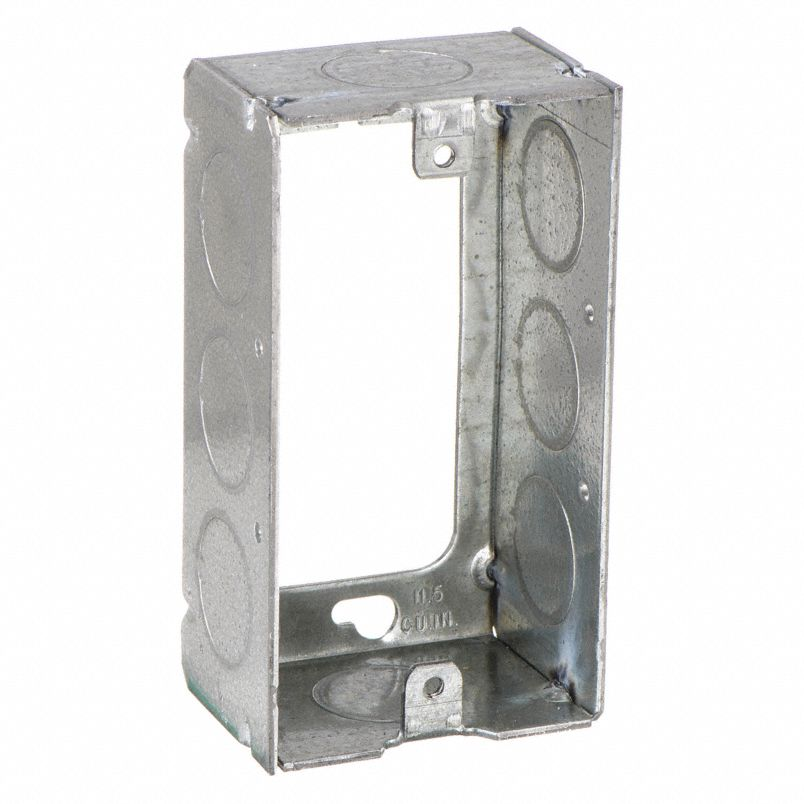As was mentioned in comments, you can't use Romex or other-brand NM cable stapled to the wall surface. Since conduit is required for protection you can save yourself some trouble (wrestling and conduit up-sizing) by using THHN or similar conductors instead.
An "old work box" can be installed in a finished wall. Cut a hole just the right size in the drywall and slide the box in. The old work box provides the path from in the wall to the face of the wall. Old work boxes are available in plastic, but because conduit and THHN are recommended here anyway, I'm showing a metal old work box. You can connect this up to the circuit breaker panel with a pre-threaded rigid conduit nipple or with a segment of conduit and appropriate connectors.

So, with the old work box providing the pathway to the wall face, next you need to transition into conduit on the wall surface. An easy way to do that is to stack an extension box on the front of the old work box. Conduit exits one of the side walls of the extension box and a blank face plate goes on front.




